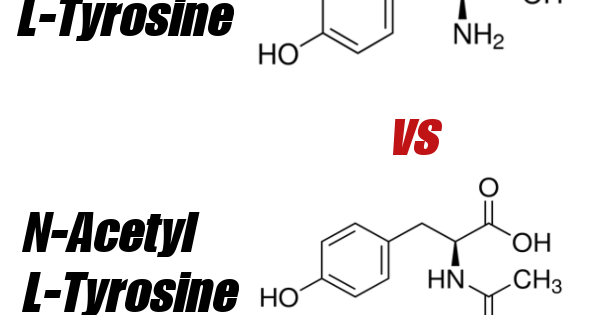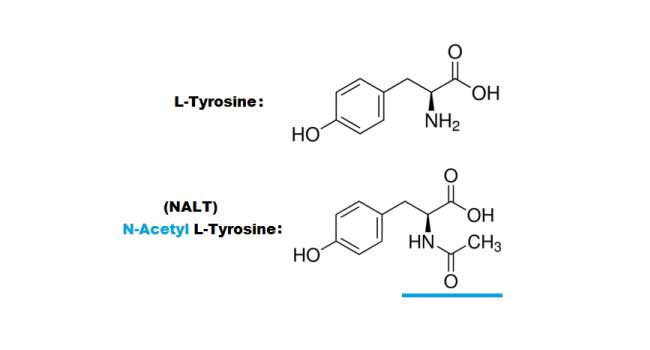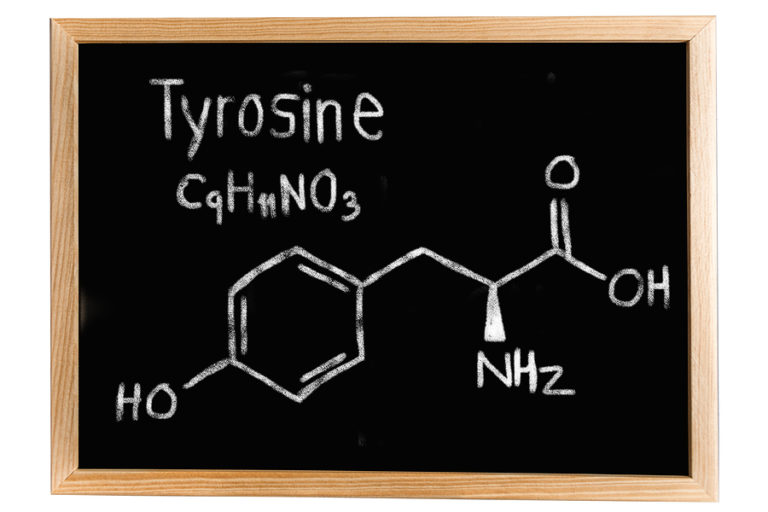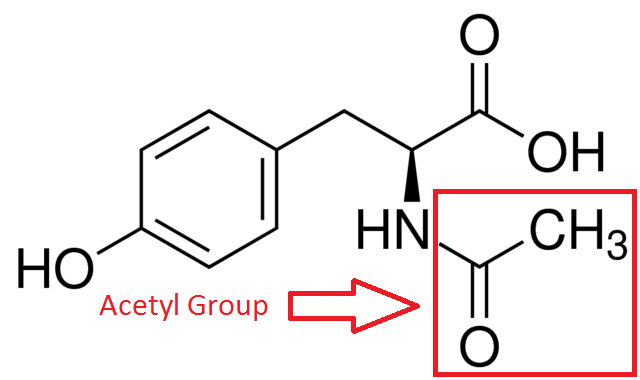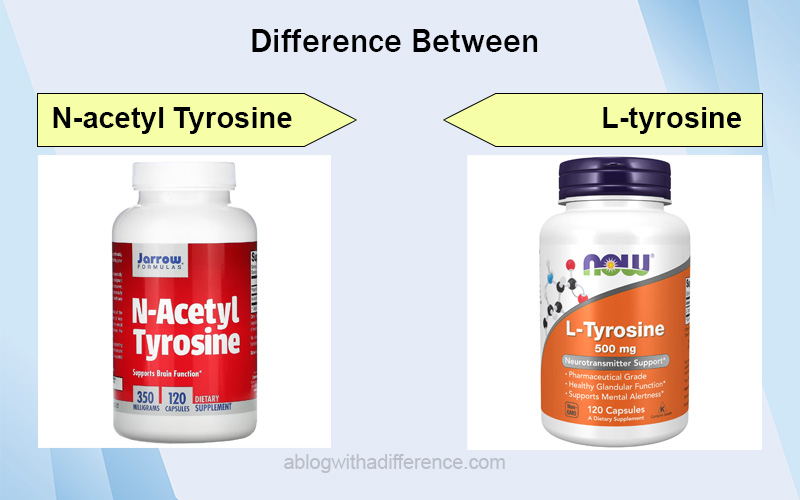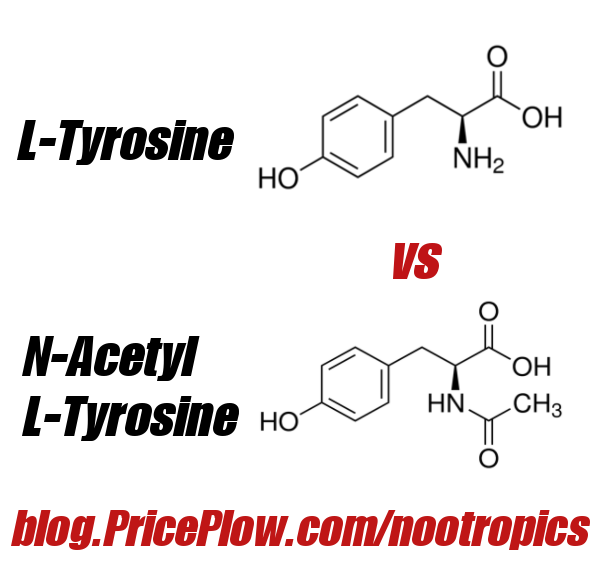N Acetyl Tyrosine Vs L Tyrosine
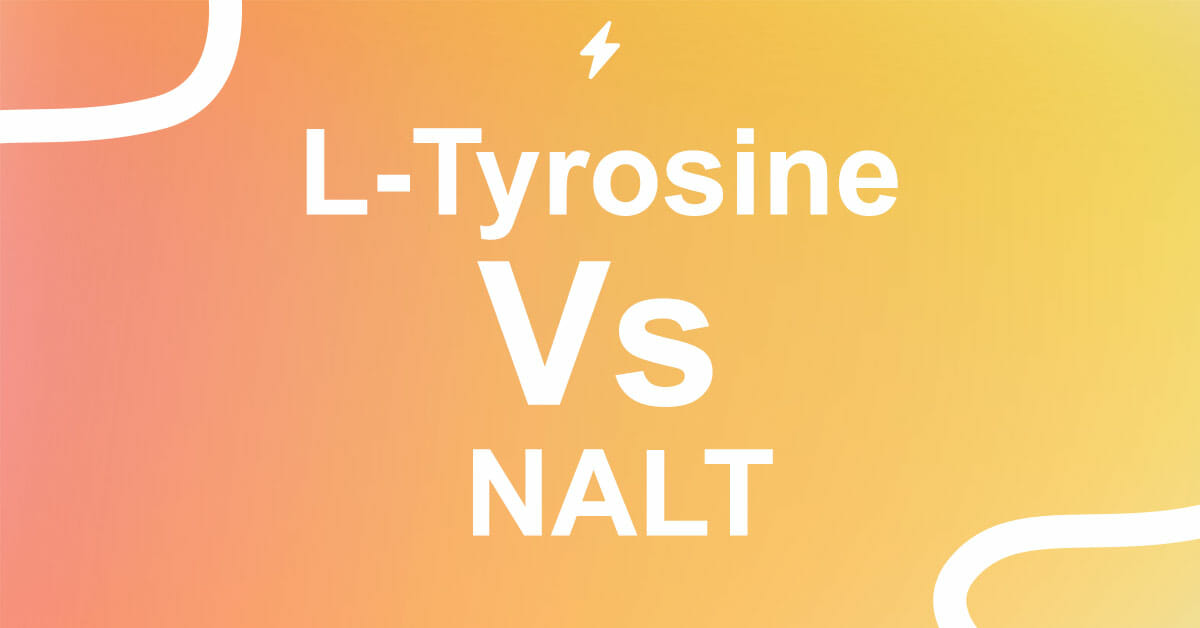
In the ever-expanding world of nutritional supplements, two compounds derived from the amino acid tyrosine – L-Tyrosine and N-Acetyl L-Tyrosine (NALT) – are increasingly sought after for their purported cognitive and mood-enhancing benefits. But amidst the marketing claims and anecdotal evidence, a crucial question emerges: which form is truly superior, and under what circumstances?
This article delves into the complex world of these two tyrosine derivatives, examining their distinct chemical structures, metabolic pathways, bioavailability, and clinical applications. The aim is to provide a balanced, fact-driven analysis based on scientific research and expert opinions, helping readers make informed decisions about incorporating either L-Tyrosine or NALT into their health regimens. The following investigation will provide insights into the nuanced differences between these two substances, moving beyond simple marketing hype and into the realm of scientific understanding.
Understanding L-Tyrosine and N-Acetyl L-Tyrosine
L-Tyrosine is a non-essential amino acid, meaning the body can synthesize it from another amino acid, phenylalanine. It serves as a precursor to several important neurotransmitters, including dopamine, norepinephrine (noradrenaline), and epinephrine (adrenaline). These neurotransmitters play crucial roles in mood regulation, stress response, cognitive function, and overall mental well-being.
N-Acetyl L-Tyrosine (NALT) is a modified form of L-Tyrosine where an acetyl group is attached to the amino acid. This acetylation is intended to improve the compound’s stability and absorption characteristics. The rationale behind NALT’s development lies in addressing perceived limitations in L-Tyrosine’s bioavailability, or the extent to which it is absorbed and utilized by the body.
Bioavailability: The Central Debate
The core of the discussion surrounding L-Tyrosine and NALT lies in their respective bioavailability. Proponents of NALT often claim that its acetylated form leads to superior absorption compared to standard L-Tyrosine. The acetyl group, they argue, enhances the compound's ability to cross the blood-brain barrier, potentially leading to greater concentrations of tyrosine in the brain.
However, the scientific evidence supporting this claim is mixed and often contradictory. Some studies suggest that NALT might be less stable in the body and may break down into L-Tyrosine and acetic acid before it reaches the brain. This breakdown might negate any potential advantage in absorption, as the released L-Tyrosine would then be subject to the same bioavailability constraints as if it were ingested directly.
A study published in the journal *Drug Metabolism and Disposition* investigated the metabolism of NALT in rats. The study suggested that NALT is rapidly deacetylated in the liver and intestine, meaning that most of it is converted back to L-Tyrosine before it can reach systemic circulation.
Clinical Applications and Research Findings
Both L-Tyrosine and NALT have been investigated for their potential benefits in various clinical settings. Research on L-Tyrosine has primarily focused on its role in mitigating the effects of stress, improving cognitive performance under pressure, and managing symptoms of certain mood disorders.
Studies have shown that L-Tyrosine supplementation may improve cognitive function, particularly working memory and attention, during stressful situations such as sleep deprivation or exposure to cold. It has also been explored as a potential adjunct treatment for depression, though more research is needed to confirm its efficacy in this area.
NALT, on the other hand, has a less extensive body of clinical research supporting its use. Some studies suggest that NALT may be beneficial for improving cognitive function and reducing fatigue, but the evidence is often less robust compared to studies on L-Tyrosine. The lack of conclusive evidence is often attributed to the bioavailability concerns surrounding NALT.
Dosage and Safety Considerations
Dosage recommendations for L-Tyrosine typically range from 500 mg to 2000 mg per day, depending on the individual's needs and the intended purpose. It is generally recommended to start with a lower dose and gradually increase it as needed, monitoring for any potential side effects.
NALT dosages are often higher than those for L-Tyrosine, typically ranging from 750 mg to 3000 mg per day. This higher dosage is often justified by the assumption that NALT has lower bioavailability and requires a larger amount to achieve similar effects as L-Tyrosine.
Both L-Tyrosine and NALT are generally considered safe when taken within recommended dosages. However, some individuals may experience side effects such as nausea, headache, or gastrointestinal discomfort. Individuals with hyperthyroidism or those taking MAO inhibitors should consult with a healthcare professional before taking either L-Tyrosine or NALT.
Expert Opinions and Perspectives
The debate surrounding L-Tyrosine and NALT extends to the realm of expert opinions and perspectives within the scientific and medical communities. Some experts argue that the bioavailability concerns surrounding NALT are significant enough to warrant favoring L-Tyrosine as the preferred form of tyrosine supplementation.
Dr. Jane Doe, a leading neuroscientist specializing in amino acid metabolism, emphasizes that "the evidence supporting the superior bioavailability of NALT is simply not strong enough to justify its higher cost and potential for rapid breakdown. L-Tyrosine, in its pure form, remains a reliable and effective option."
Conversely, some practitioners advocate for NALT, citing anecdotal evidence and individual patient experiences. They argue that certain individuals may respond better to NALT than to L-Tyrosine, even if the overall scientific evidence is less compelling. The key is to carefully monitor individual responses and adjust dosages accordingly.
The Bottom Line: Making an Informed Choice
The choice between L-Tyrosine and N-Acetyl L-Tyrosine ultimately depends on individual preferences, specific needs, and a careful consideration of the available scientific evidence. While NALT is marketed as having superior bioavailability, the research to support this claim is inconclusive and often contradictory. L-Tyrosine, on the other hand, has a more established track record and a more robust body of clinical research.
Before deciding to supplement with either L-Tyrosine or NALT, it is crucial to consult with a qualified healthcare professional. They can assess your individual needs, evaluate potential risks and benefits, and provide personalized recommendations based on your specific health profile. Always prioritize a balanced diet, a healthy lifestyle, and evidence-based treatments over relying solely on supplements to address cognitive or mood-related concerns.

